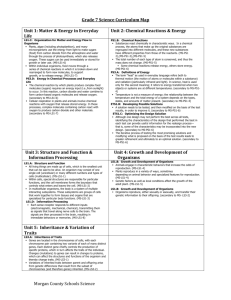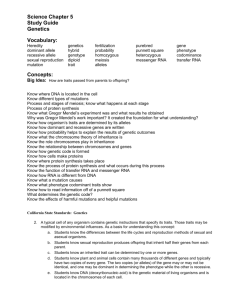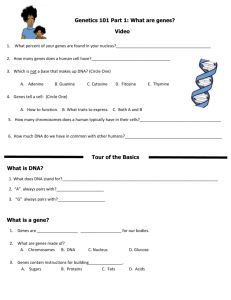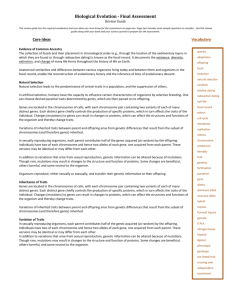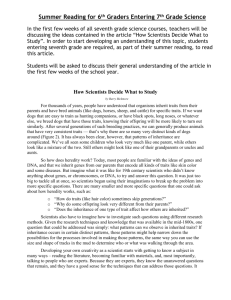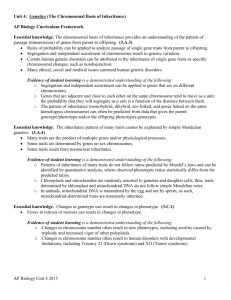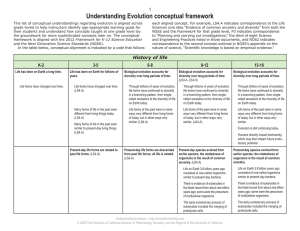8th Grade Science Second Semester 4th Grading Period
advertisement
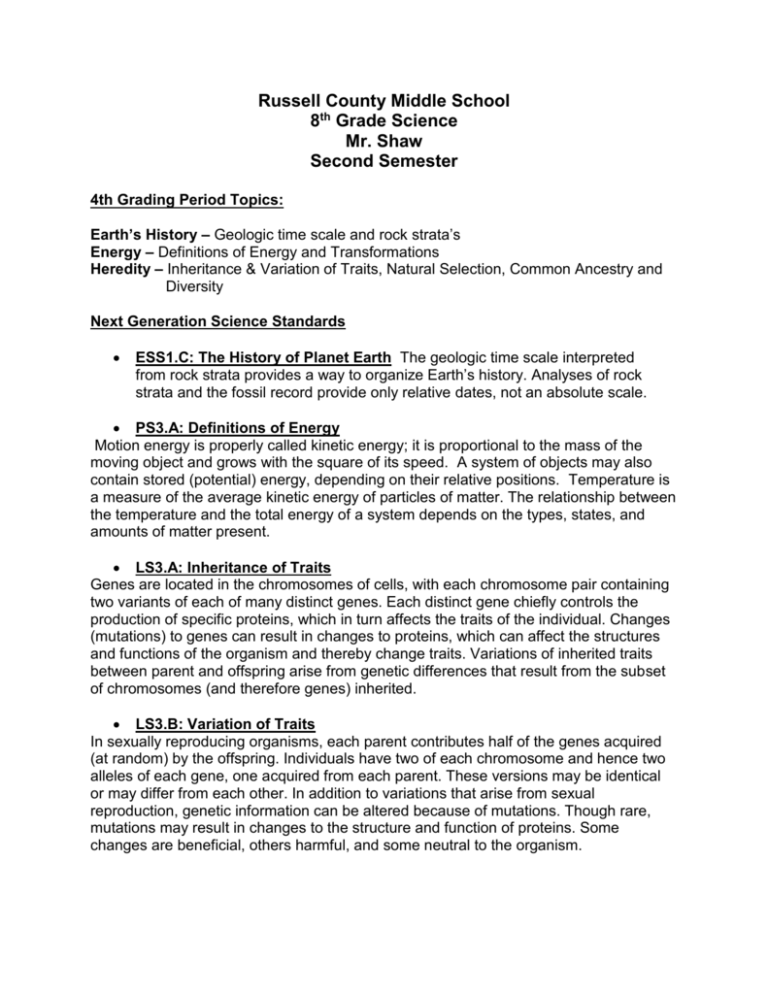
Russell County Middle School 8th Grade Science Mr. Shaw Second Semester 4th Grading Period Topics: Earth’s History – Geologic time scale and rock strata’s Energy – Definitions of Energy and Transformations Heredity – Inheritance & Variation of Traits, Natural Selection, Common Ancestry and Diversity Next Generation Science Standards ESS1.C: The History of Planet Earth The geologic time scale interpreted from rock strata provides a way to organize Earth’s history. Analyses of rock strata and the fossil record provide only relative dates, not an absolute scale. PS3.A: Definitions of Energy Motion energy is properly called kinetic energy; it is proportional to the mass of the moving object and grows with the square of its speed. A system of objects may also contain stored (potential) energy, depending on their relative positions. Temperature is a measure of the average kinetic energy of particles of matter. The relationship between the temperature and the total energy of a system depends on the types, states, and amounts of matter present. LS3.A: Inheritance of Traits Genes are located in the chromosomes of cells, with each chromosome pair containing two variants of each of many distinct genes. Each distinct gene chiefly controls the production of specific proteins, which in turn affects the traits of the individual. Changes (mutations) to genes can result in changes to proteins, which can affect the structures and functions of the organism and thereby change traits. Variations of inherited traits between parent and offspring arise from genetic differences that result from the subset of chromosomes (and therefore genes) inherited. LS3.B: Variation of Traits In sexually reproducing organisms, each parent contributes half of the genes acquired (at random) by the offspring. Individuals have two of each chromosome and hence two alleles of each gene, one acquired from each parent. These versions may be identical or may differ from each other. In addition to variations that arise from sexual reproduction, genetic information can be altered because of mutations. Though rare, mutations may result in changes to the structure and function of proteins. Some changes are beneficial, others harmful, and some neutral to the organism. LS4.A: Evidence of Common Ancestry and Diversity The collection of fossils and their placement in chronological order (e.g., through the location of the sedimentary layers in which they are found or through radioactive dating) is known as the fossil record. It documents the existence, diversity, extinction, and change of many life forms throughout the history of life on Earth. Anatomical similarities and differences between various organisms living today and between them and organisms in the fossil record enable the reconstruction of evolutionary history and the inference of lines of evolutionary descent. Comparison of the embryological development of different species also reveals similarities that show relationships not evident in the fully-formed anatomy. LS4.B: Natural Selection Natural selection leads to the predominance of certain traits in a population, and the suppression of others. In artificial selection, humans have the capacity to influence certain characteristics of organisms by selective breeding. One can choose desired parental traits determined by genes, which are then passed on to offspring. LS4.C: Adaptation Adaptation by natural selection acting over generations is one important process by which species change over time in response to changes in environmental conditions. Traits that support successful survival and reproduction in the new environment become more common; those that do not become less common. Thus, the distribution of traits in a population changes. LS4.D: Biodiversity and Humans Changes in biodiversity can influence humans’ resources, such as food, energy, and medicines, as well as ecosystem services that humans rely on—for example, water purification and recycling. Unit Objectives I can identify and describe the layers of the Earth’s crust, mantle and core. I can predict the results of constructive forces: stress, tension, compression and shearing. I can predict the results of destructive forces: faults, fold, erosion and deposition. I can describe characteristics of kinetic and potential energy. I can describe conduction, convection and radiation. I can predict the motion of various objects by using Newton’s laws and the effects of balanced and unbalanced forces. I can explain how genes determine specialized functions of cells. I can describe how genes/chromosomes are passed from generation to generation. I can collect and analyze information to explain factors of heredity and learned behaviors.



